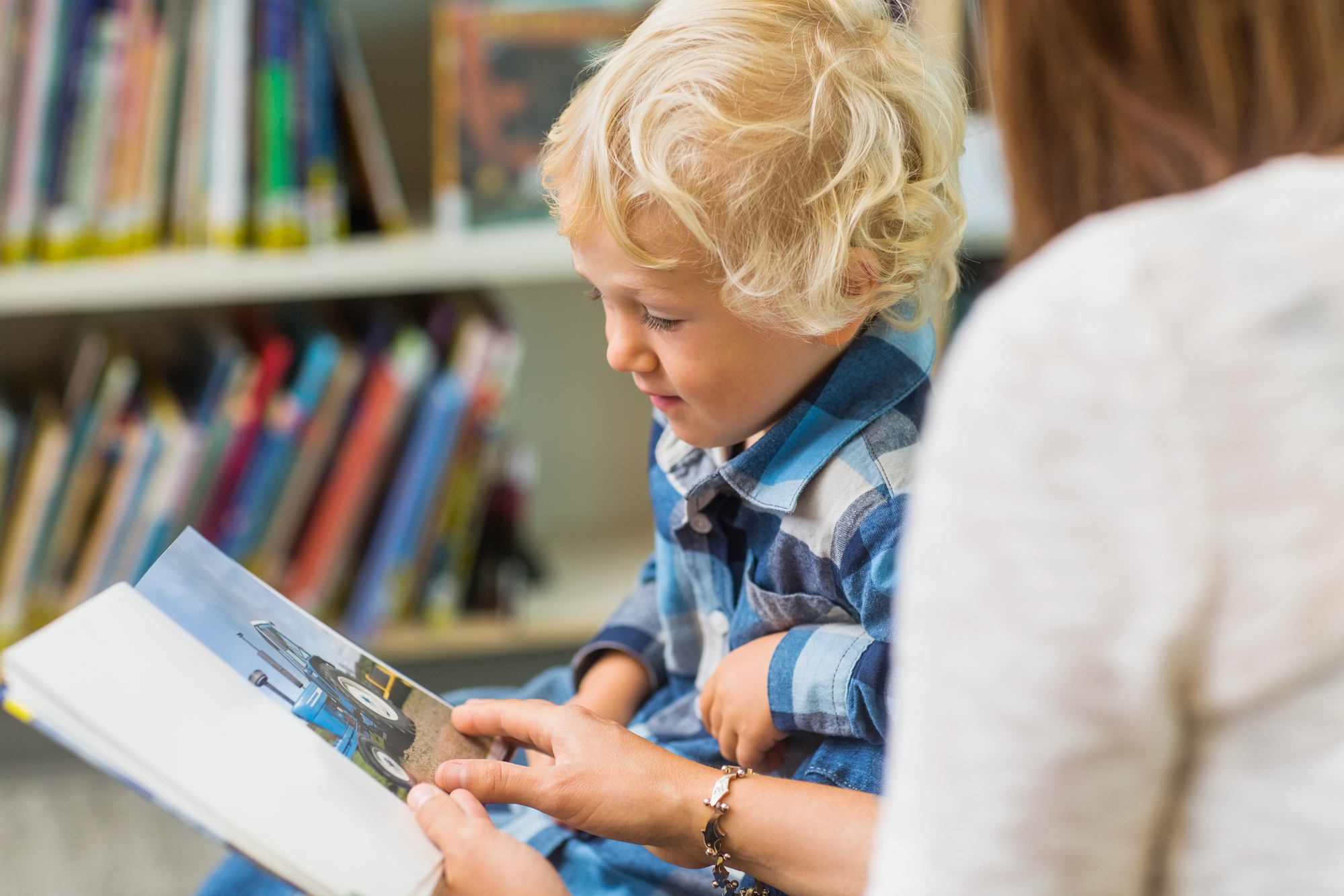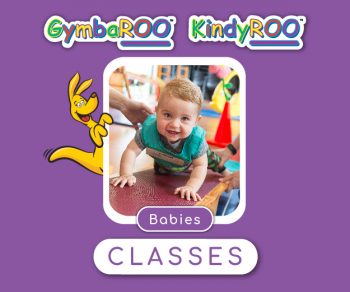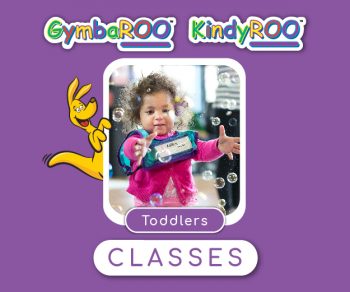Dr Jane Williams and Dr Tessa Grigg
The research on the development of your child’s vision and the regular use of small screens and mobile devices is now very clear… Professor Molina, an Optometrist who lectures in Clinical Optometry,(Molina, 2018) warns us that if we allow our very young children to use screens on a regular basis that they will join the 50% of the population who will need glasses….many by 8 years of age! Scary thought? Indeed it is! However, there are ways to avoid myopia (short-sightedness), and at GymbaROO we provide you with lots of activities that do just that!
A recent Australian study (Hardy et al., 2018) found that while the effects of screen time on younger children was not as evident, it appeared to have a cumulative effect and was more prevalent in teenagers. They found lowered health outcomes and lowered physical activity attributes relating to muscle strength, movement skills and heart health. Sitting still with a screen has long term effects on the whole body. By taking care of your children’s vision, you will also be caring for the rest of their body.
Firstly, as parents we all need to heed the warnings of those researching and working in the area screens, general health and vision/eye health. According to Prof. Molina the first step we need to make is to take control of our own children’s screen use. Prof. Molina recommends the only way to protect children’s eyes from long term damage is to say an absolute NO to device/screen use in children from birth to 3 years. The young child’s visual system is still developing and eyes are being trained for optimum use. From 3 to 6 years of age a 1 hour limit WEEKLY should be imposed and between 6 and 12 years 2 hours maximum WEEKLY will not cause long term harm to our children’s eyes.
At GymbaROO we also ensure your child has lots of visual development time. Almost every activity has a visual purpose – whether it be visual-motor, visual-tactile, visual sequencing or visual integration tasks, our games and activities are designed to ensure your child’s vision develops to be as healthy as possible.Home activities that assist in the healthy development, particularly vision.
Here are some fabulous activities to enjoy with your child (instead of screen time!)
- visit your local playground regularly. Children need to be outside to stimulate long distance vision and to get their eyes working together with large muscle movements.
- Have fun with large sheets of paper for drawing or painting. Large chalk boards are great as they stimulate hand-eye coordination while working the big muscles of the arms and upper body.
- Make up your own obstacle courses with cardboard boxes, planks, old tires and other climbable, crawlable, jumpable objects to help develop visual spatial skills.
- Play tactile games with playdoh, finger painting, pipe cleaners, cutting and gluing (3 years plus) to assist hand-eye coordination.
Read to your child but teaching them to read before 6-8 years of age is not healthy for the eyes. Asking children to read small words from a book prior to this age is setting up their eyes to fail. By all means encourage them to enjoy the pictures and stories in the books to stimulate their visualisation skills, but don’t focus their vision
Hardy, L. L., Ding, D., Peralta, L. R., Mihrshahi, S., & Merom, D. (2018). Association Between Sitting, Screen Time, Fitness Domains, and Fundamental Motor Skills in Children Aged 5–16 Years: Cross-Sectional Population Study. Journal of Physical Activity & Health, 15(12), 933-940.
Molina, V. G. (2018). Children’s vision challenges in the digital era. International INPP Conference, Madrid, Spain.
You may also like to read:








